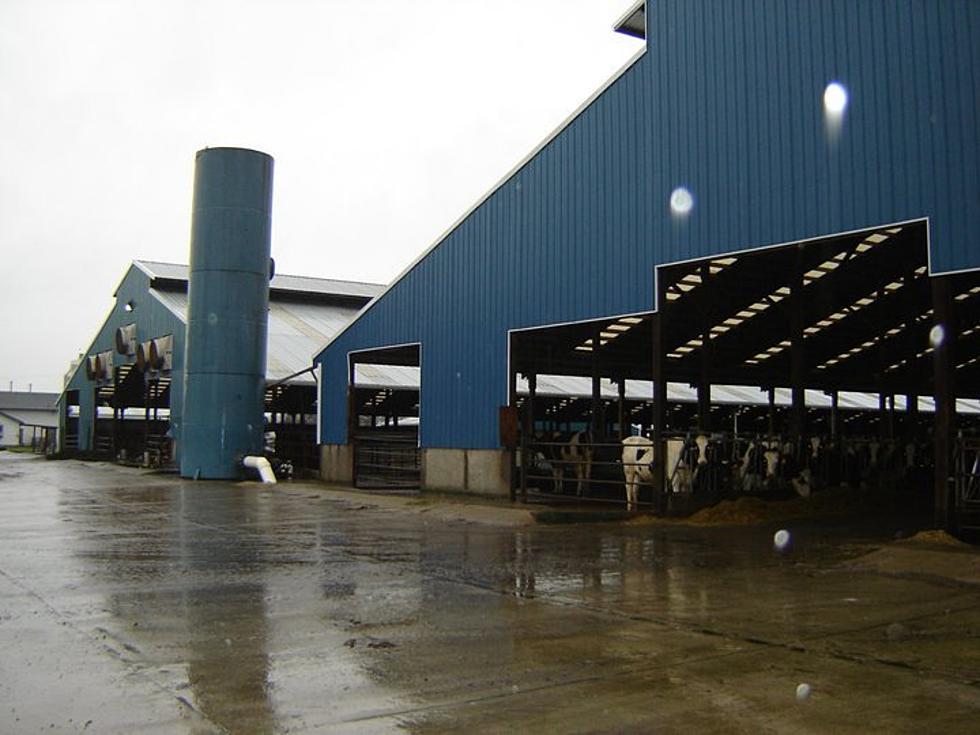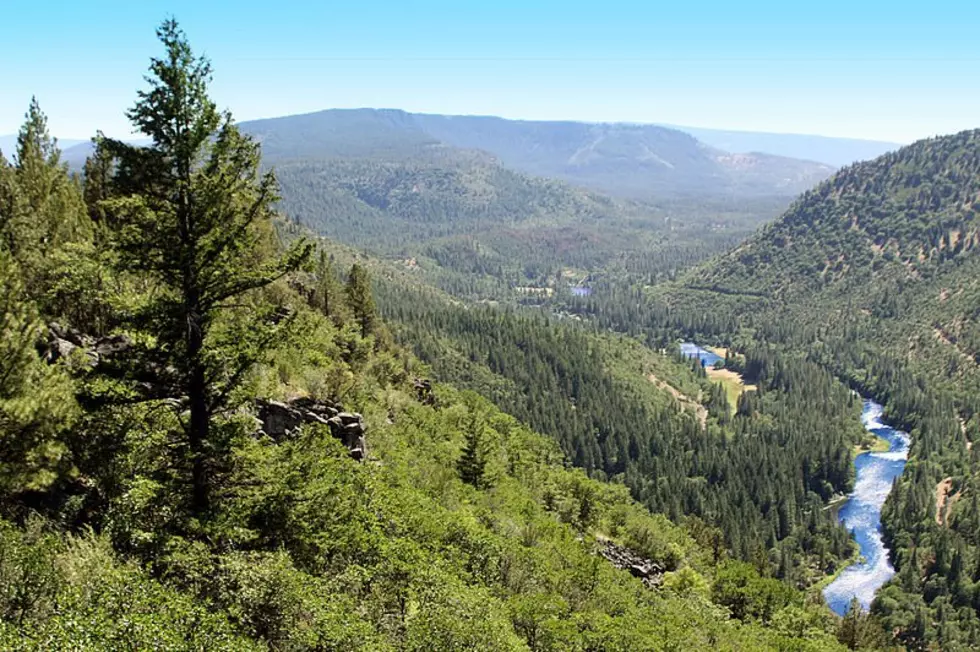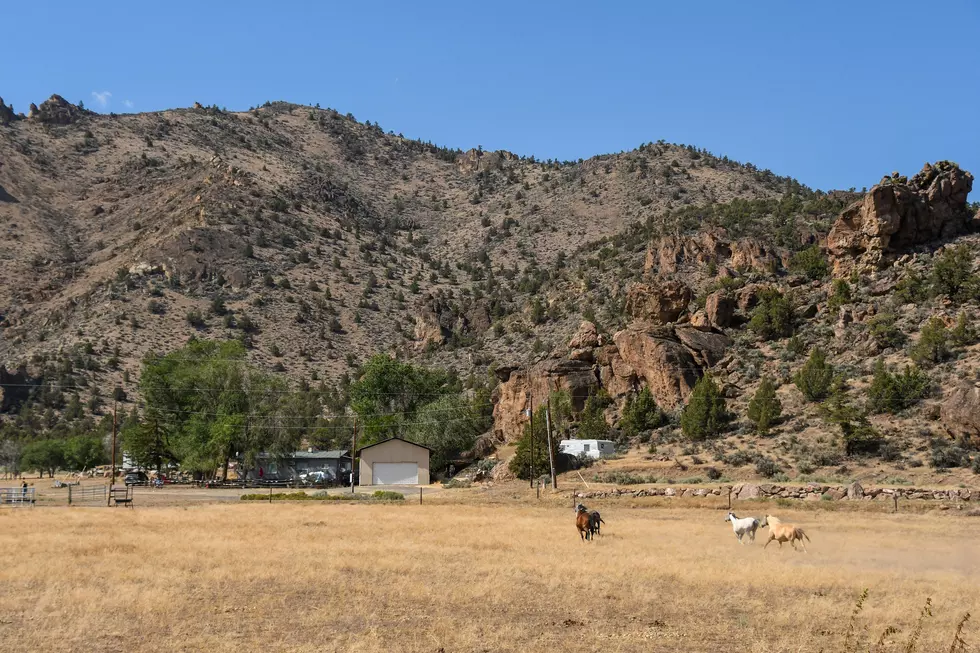AFBF: Recent Data Shows Ag Plays A Big Role In Climate Change Solutions
Last week we told you that new federal data shows farmers and ranchers continue to reduce agriculture’s per-unit greenhouse gas emissions. American Farm Bureau Federation Chief Economist John Newton said the U.S. Ag sector accounts for less emissions than the transportation, electricity generation and industrial sectors.
“This is new data from the EPA on greenhouse gas emissions in 2018 and what it showed was that agriculture continues to be a distant fourth in terms of our contribution to greenhouse gas emissions. In 2018, we represented less than ten percent of all emissions in the economy. And, when you take into consideration the carbon sequestration efforts of farmers and ranchers, our carbon footprint, our environmental footprint, is much lower.”
Newton said agriculture’s adoption of technology in raising crops and livestock is helping to reduce the sector’s emissions.
“Our emissions have remained relatively flat for some 30 years," Newton said. "And so, I think it’s important to take into consideration our productivity gains. We’re producing more milk per cow, more meat on cattle and hogs, for example. So, our per-unit emissions are actually going down, and we’ve been able to do so through adaption through better technology in agriculture.”
Newton continued that the data shows agriculture is a part of the climate change solution.
“Our innovative adoption of technology in the Ag space has helped us do more with less. I think we are going to continue to do more with less as we see new technologies deployed into the market. So, any conversation around climate change and sustainability should recognize that agriculture is a part of the solution.”
If you have a story idea for the Washington Ag Network, call (509) 547-1618, or e-mail gvaagen@cherrycreekradio.com
More From PNW Ag Network









